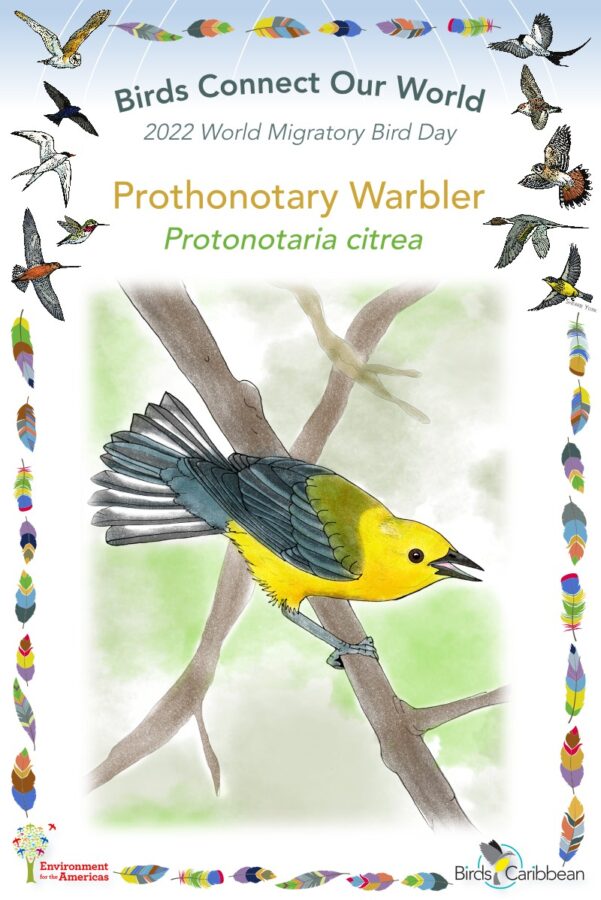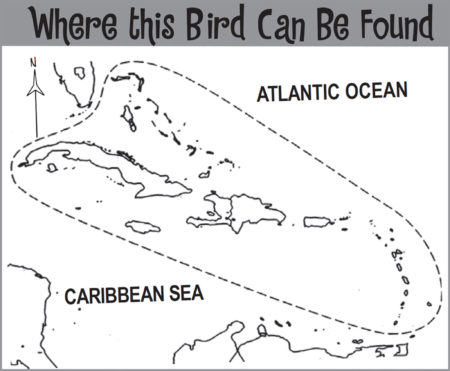Celebrate World Migratory Bird Day (WMBD) with us in 2022! This year’s theme is “Dim The Lights for Birds at Night”. Have fun learning about a new migratory bird every day. We have colouring pages, puzzles, activities, and more. Download for free and enjoy nature with your family at home.
Migratory Bird of the Day: Prothonotary Warbler
Who’s that spot of sunshine in the swamp? It’s the Prothonotary Warbler! These bright wood warblers were named for their dapper plumage, as the yellow is reminiscent of the robes of papal cloaks or “prothonotaries” in the Catholic church.
And would you believe that these warblers assisted with the conviction of a spy? When alleged spy, Alger Hiss, denied his affiliations, those same affiliations came forward with knowledge of his recent amateur birding expeditions – including an exciting find of the Prothonotary Warbler! When Alger Hiss admitted to recently adding this warbler to his life list, his secret was out and his affiliation exposed!
These sunny wood warblers are the only warbler to nest in cavities, breeding in the southeastern U.S. In the Caribbean, Prothonotary Warblers are considered an uncommon migrant in both spring and fall. The best chance at spotting them is likely in Cuba, Grand Cayman Islands, or the Bahamas, though unusual vagrants have been reported in Bermuda. We don’t typically see them as often in the Caribbean because they take a trans-gulf route, crossing over the Greater Antilles to arrive in Mexico and continue further south.
During migration, Prothonotary Warblers expand their habitat selection from their usual preference of woody swamps. Though we still lack information on their habitat use during migration and overwintering, look for them along coastal areas like marshes and inland watercourses.
These little balls of sunshine often move together in small flocks. In the spring, males will head north sooner than females (to set up a territories on the breeding grounds), though no differences in sex or age have been noted in the fall. Prothonotary Warblers are fairly well studied in their breeding range, but we still lack a lot of critical information, especially how habitat loss has affected migratory and overwintering populations. These warblers have been heavily impacted by deforestation. Like many other songbirds, they migrate at night, making it extra important to turn off your lights so as to not disorient these and other birds. Learn more about this species, including its range, photos, and calls here.
Colour in the Prothonotary Warbler
Download the Migratory Birds of the Day Colouring Page! Use the picture above and the photos on this page as your guide, or you can look up pictures of the bird online or in a bird field guide if you have one. Share your coloured-in page with us by posting it online and tagging us @BirdsCaribbean #WMBD2022Carib
Listen to the calls of the Prothonotary Warbler
The Prothonotary Warbler makes a loud, piercing series of repeated “tsweet” calls.
Puzzles of the Day
Click on the images below to do the puzzle. You can make the puzzle as easy or as hard as you like – for example, 6, 8, or 12 pieces for young children, all the way up to 1,024 pieces for those that are up for a challenge!
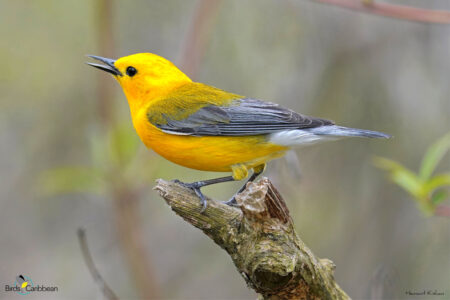
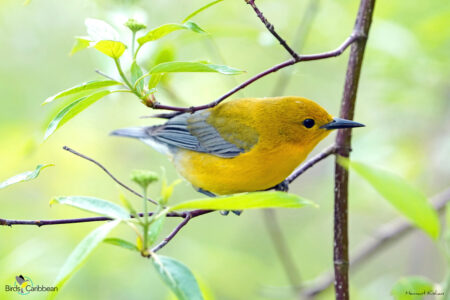
Activity of the Day
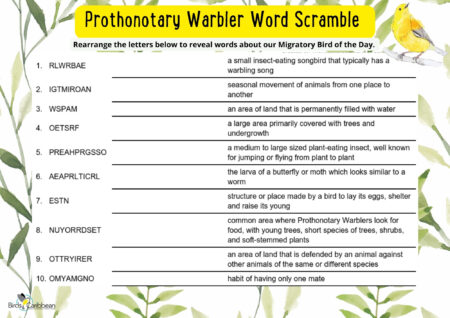 FOR KIDS: Make sure that you have read the information given above. The facts here will help you with todays activity. Use what you read and the clues on the sheet to untangle our our word scramble – all about the Prothonotary Warbler- our Migratory Bird of the Day! You will be finding words that are about where this small yellow bird lives, what it eats and how it behaves. Once you think you have found or the words, or cannot work out any more clues you can find all the answers here.
FOR KIDS: Make sure that you have read the information given above. The facts here will help you with todays activity. Use what you read and the clues on the sheet to untangle our our word scramble – all about the Prothonotary Warbler- our Migratory Bird of the Day! You will be finding words that are about where this small yellow bird lives, what it eats and how it behaves. Once you think you have found or the words, or cannot work out any more clues you can find all the answers here.
FOR KIDS AND ADULTS: Enjoy this video of a Prothonotary Warbler in the wild! This bird is bringing nesting material, it is one of the very few warbler species that builds its nest in cavities. They breed in wet forests, mainly in the southeastern U.S. So although you won’t see this little bird nest building in the Caribbean you can look out the small ‘sunny’ birds during their fall migration.
Find Warblers difficult to identify? Don’t worry we are here to help you out!

